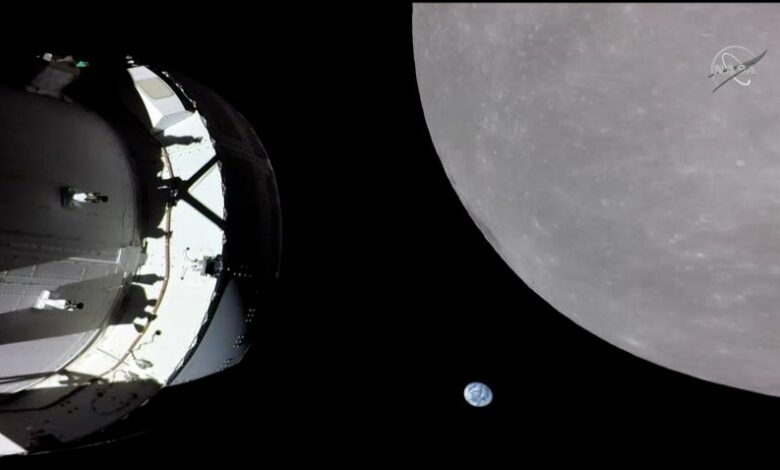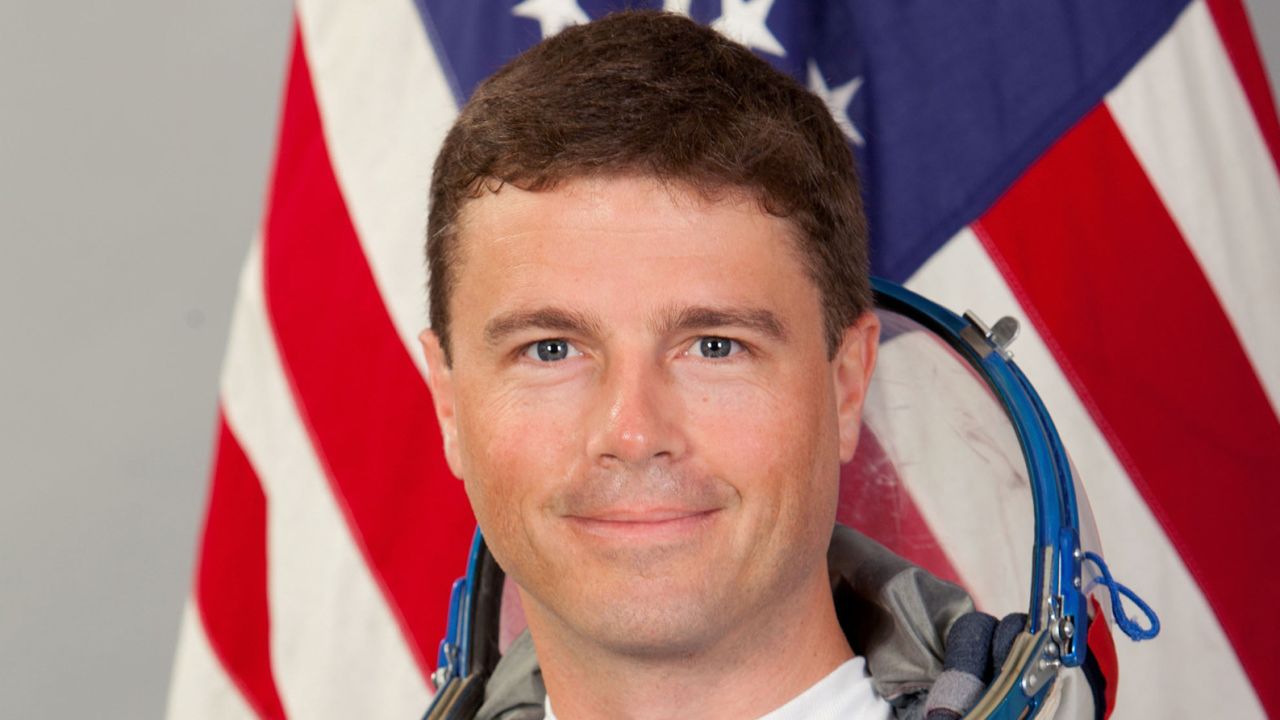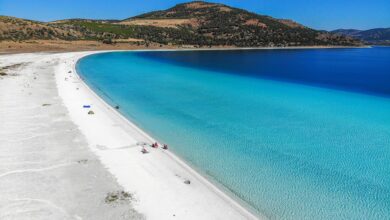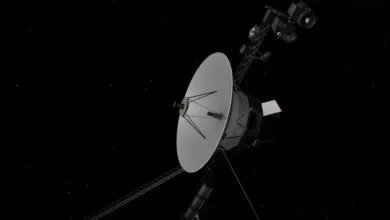
Four astronauts — including three Americans and one Canadian — will be tapped by NASA to complete a generation-defining mission to the moon’s orbit, returning humans to deeper into the solar system than has been reached in five decades.
On Monday, the public will finally learn the crew members’ names.
Scheduled to launch in 2024, Artemis II will be the program’s first crewed mission to orbit the moon, flying farther into space than any humans since the Apollo program. It will pave the way for the Artemis III crew to walk on the moon in 2025, all aboard the world’s most powerful rocket and at a price tag that by then will approach $100 billion.
Following months of closed-door decision making, NASA officials plan to unveil the names of the crew members in a ceremony scheduled for Monday at 11 am ET.
Though officials have remained tight-lipped about their choices, CNN previously spoke with nearly a dozen current and former NASA officials and astronauts to pull back the curtain on the secretive selection process.
The names with buzz
Reid Wiseman, a 47-year-old decorated naval aviator and test pilot who was first selected to be a NASA astronaut in 2009, is at the top of the list, according to CNN’s prior reporting.
Wiseman served as chief of the astronaut office until November 2022. While the chief is not permitted to fly while holding the post, they are able to wrangle the best flight assignments upon stepping down, an “acknowledged perk” of the job, according to former NASA astronaut Garrett Reisman.

Before stepping down as astronaut chief, Wiseman was also responsible for the decision to broaden the pool of astronauts eligible to fly in order to include himself. While NASA had initially deemed 18 astronauts to be the “Artemis Team” and eligible to fly on moon missions, Wiseman expanded the group of candidates to all 41 active NASA astronauts.
People familiar with the process also told CNN that along with Wiseman, there are a handful of other candidates atop the list:
- Victor Glover, a 46-year-old naval aviator who returned to Earth from his first spaceflight in 2021 after piloting the second crewed flight of SpaceX’s Crew Dragon spacecraft and spending nearly six months aboard the International Space Station. The veteran of four spacewalks earned a master’s degree in engineering while moonlighting as a test pilot.
- Randy Bresnik, 55, is also a decorated naval aviator and test pilot who flew combat missions in support of Operation Iraqi Freedom. He has flown two missions to the International Space Station: one on the Space Shuttle, another on a Russian Soyuz spacecraft. Bresnik is often mentioned as a top contender for Artemis because, since 2018, he has overseen the astronaut office’s development and testing of all rockets and spacecraft that will be used in the Artemis missions.
- Anne McClain, 43, is a decorated army pilot and West Point graduate who flew more than 200 combat missions in support of Operation Iraqi Freedom and went on to graduate from the US Naval Test Pilot School in 2013, the same year she was selected to be a NASA astronaut. After launching on a Russian Soyuz spacecraft in 2018, she spent more than 200 days at the International Space Station and served as the lead of two spacewalks.
- Stephanie Wilson is the most senior astronaut on this list. The 56-year-old joined NASA’s 1996 astronaut class, and she served as a mission specialist on three Space Shuttle flights, including the first flight after the 2003 Columbia disaster, which killed seven astronauts.
- Christina Koch, 44, is a veteran of six spacewalks. She holds the record for the longest single spaceflight by a woman, with a total of 328 days in space. Koch is also an an electrical engineer who helped develop scientific instruments for multiple NASA mission. She’s also spent a year at the South Pole, an arduous stay that could well prepare her for the intensity of a moon mission.
- Jessica Meir is 45-year-old biologist with a doctorate from the Scripps Institution of Oceanography. She was a member of a NASA Extreme Environment Mission Operations (NEEMO) mission in 2002, which involved spending days in an underwater research facility, and, in 2016, completed a two-week caving mission in Italy.
Koch and Meir together conducted the first three all-female spacewalks in 2019 and 2020.
Rounding out the Artemis II crew will be one astronaut from Canada, terms that were cemented in a 2020 treaty between the two countries.
The Canadian Space Agency’s currently has a cadre of just four astronauts, but among them, Jeremy Hansen has generated the most buzz, according to CNN’s reporting. Hansen was selected to be an astronaut almost 14 years ago, but he’s still waiting for his first flight assignment. The 47-year-old fighter pilot recently became the first Canadian to be put in charge of training for a new class of NASA astronauts.
More representation in space
NASA has also previously committed to selecting a crew with racial, gender and professional diversity.
Those criteria have not historically been the case for high-profile missions. Going back to the Gemini era, astronauts selected for inaugural crewed missions have been only White and male, and typically come from a background as a military test pilot — a profile notably characterized in the 1979 book “The Right Stuff” by Tom Wolfe.
That has held true through NASA’s most recent inaugural crewed flight, of SpaceX’s Crew Dragon capsule to the International Space Station in 2020, which included former military test pilots Bob Behnken and Doug Hurley.
And it may hold mostly true for the Artemis II mission as well: Nearly a dozen current and former NASA officials and astronauts told CNN they anticipated multiple test pilots being named.
However, if Wiseman, a White man, is selected, that means the other spots will almost certainly need to go to at least one woman and at least one person of color.
What’s next for Artemis
The Artemis II mission will build on Artemis I, an uncrewed test mission that sent NASA’s Orion capsule on a 1.4 million-mile voyage to lap the moon that concluded in December. The space agency deemed that mission a success and is still working to review all the data collected.
If all goes to plan, Artemis II will take off around November 2024. The crew members, strapped inside the Orion spacecraft, will launch atop a NASA-developed Space Launch System rocket from NASA’s Kennedy Space Center in Florida.
The journey is expected to last about 10 days and will send the crew out beyond the moon, potentially further than any human has traveled in history, though the exact distance is yet to be determined.
The “exact distance beyond the Moon will depend on the day of liftoff and the relative distance of the Moon from the Earth at the time of the mission,” NASA spokesperson Kathryn Hambleton said via email.
After circling the moon, the spacecraft will return to Earth for a splashdown landing in the Pacific Ocean.
Artemis II is expected to pave the way for the Artemis III mission later this decade, which NASA has vowed will put the first woman and person of color on the lunar surface. It will also mark the first time humans have touched down on the moon since the Apollo program ended in 1972.
The Artemis III mission is expected to take off later this decade. But much of the technology the mission will require, including spacesuits for walking on the moon and a lunar lander to ferry the astronauts to the moon’s surface, is still in development.
NASA is targeting a 2025 launch date for Artemis III, though the space agency’s inspector general has already said delays will likely push the mission to 2026 or later.




